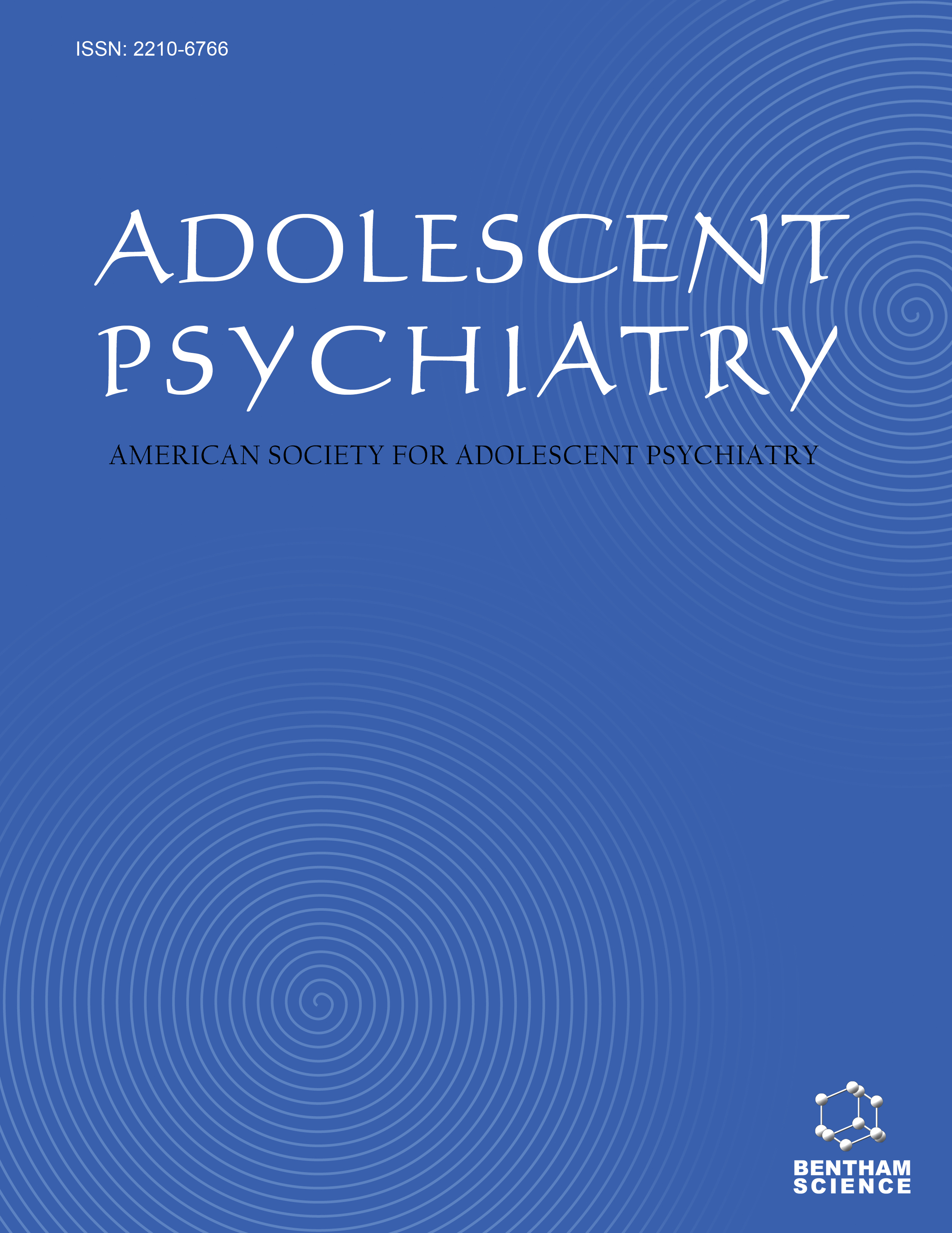
Full text loading...
We use cookies to track usage and preferences.I Understand
Adolescence is a unique developmental period marked by biophysiological changes and psychosocial exploration. Risk-taking behaviors, including experimentation with psychoactive substances, are common during this period. Emergency room (ER) visits for adverse events related to adolescent substance use have increased over the last two decades. Without a continuum of care from the ER, significant opportunities to intervene are missed. The narrative review article aims to provide an overview of substance use during Adolescence in the United States, highlight related ER visits, and discuss extending care beyond the ER. A literature review was conducted to reveal historical and recent studies related to adolescent substance use trends, morbidity, and mortality patterns, as well as the much-needed continuum of care after the ER. Our approach prioritized capturing diverse perspectives and significant studies relevant to these themes, aiming for a thorough discussion without strict adherence to systematic review methodologies. The selection of studies involved a comprehensive search across multiple databases, including PubMed, Google Scholar, and relevant academic journals. Search terms were tailored to capture studies addressing adolescent substance abuse, ER visitation, and aftercare. Studies were screened based on title, abstract, and full-text review, with a focus on relevance and significance to the review's objectives. The strategy for this narrative review facilitated a detailed exploration of the selected themes while also allowing for flexibility in study selection and interpretation. National studies indicate an overall decline in the proportions of adolescents using substances compared to pre-COVID-19 levels. However, morbidity and mortality patterns have not mirrored this decline. Various factors, including gender, location, and specific mental health disorders, are associated with adolescent substance use presentations. Acute care providers in emergency settings, employing protocols like SBIRT, can significantly impact outcomes by facilitating appropriate screening and referral to aftercare treatment programs. Identification of barriers to care, such as stigma and social determinants of health, is important in formulating tailored interventions. While acute care provides an opportunity to intervene and initiate treatment, a continuum of care is essential to reduce morbidity and mortality patterns among adolescents with substance use.

Article metrics loading...

Full text loading...
References


Data & Media loading...

